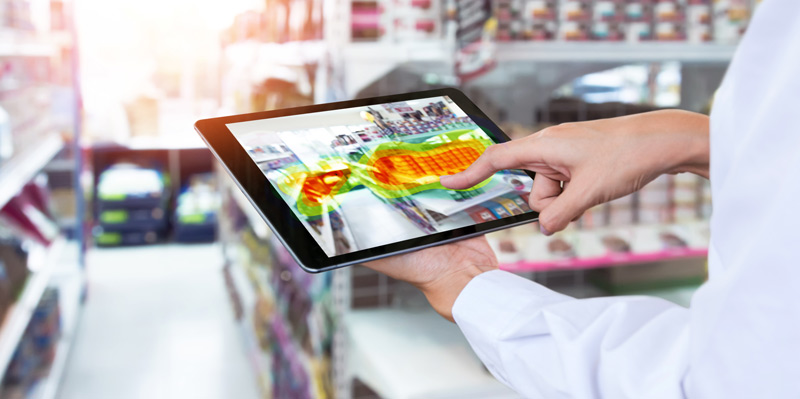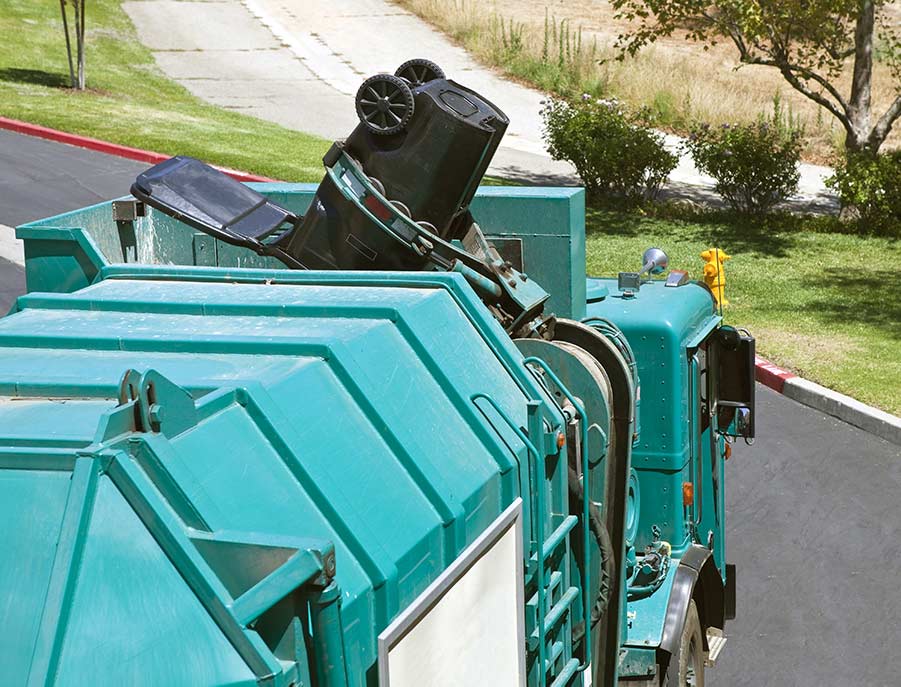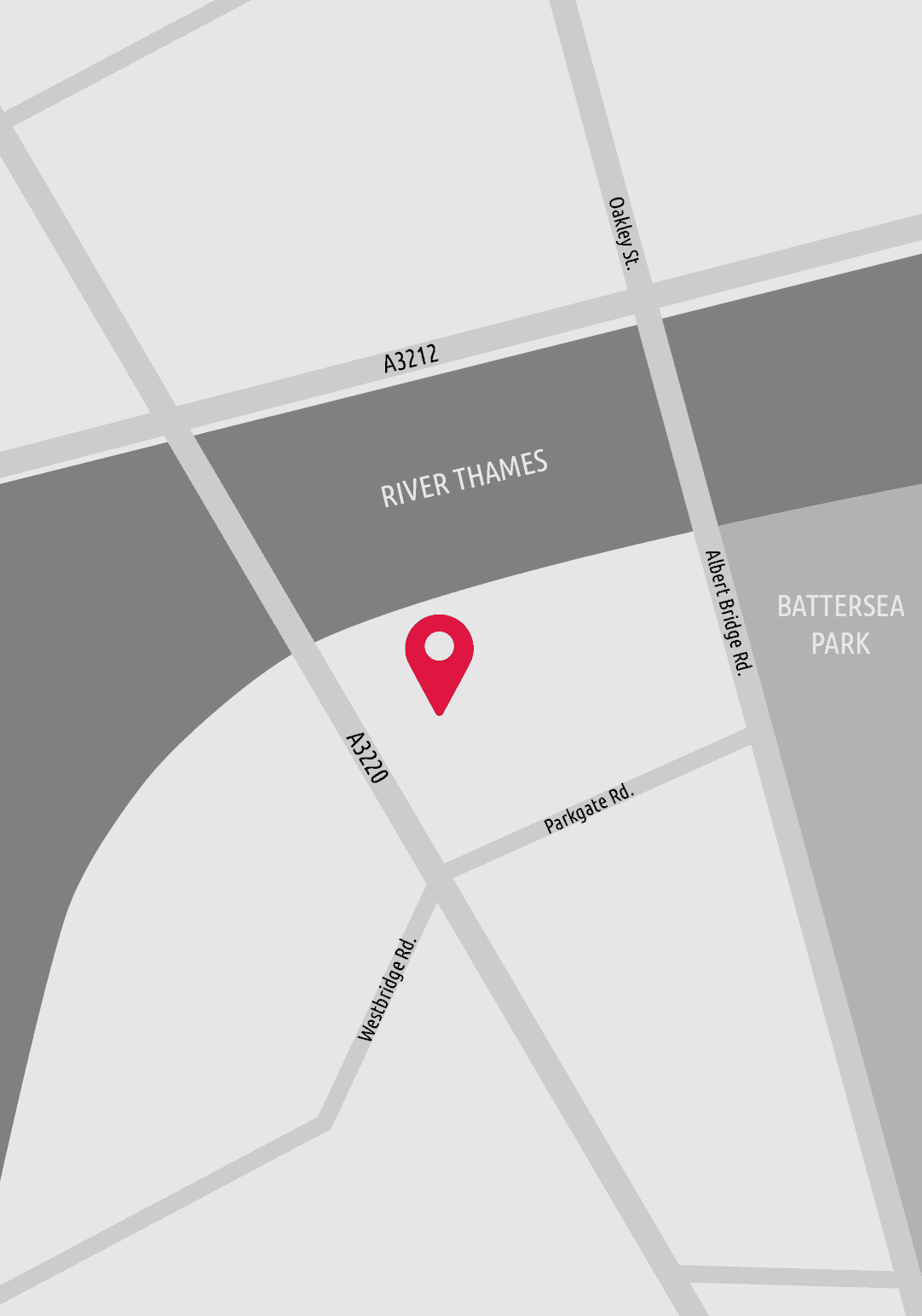This article is also available in Italian / Questo articolo è disponibile in Italiano.
The past couple of years have been dominated by talk of digital transformation. From keynote speeches to boardroom meetings, it's been a recurring topic. But for all this talk, implementing digital transformation, particularly on an organisation-wide scale, has been a slow burner. In this Digital Transformation Challenge series of blog posts we'll take a closer look at how CKH Innovation Opportunities Development's joined-up approach is helping organisations overcome the digital transformation challenge.











